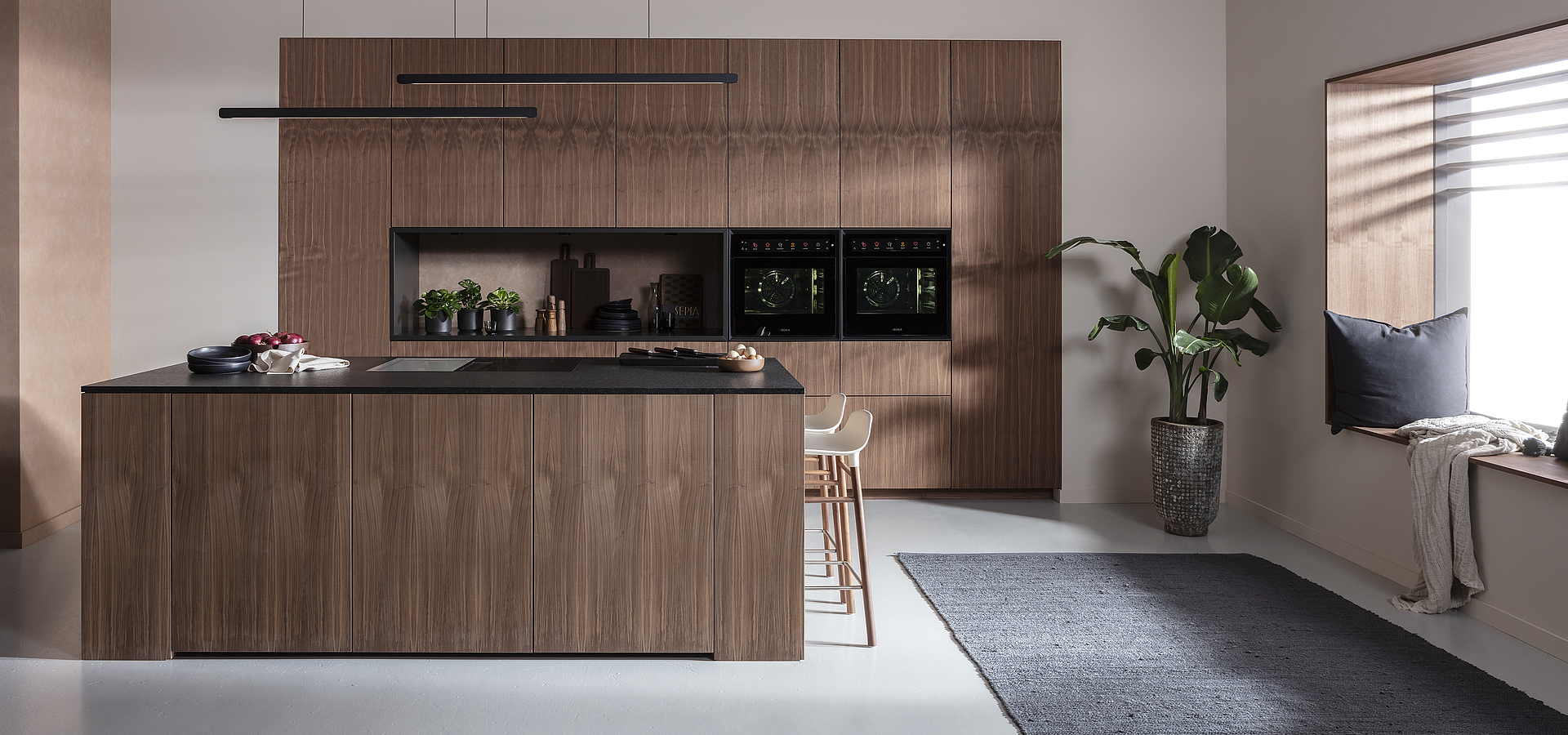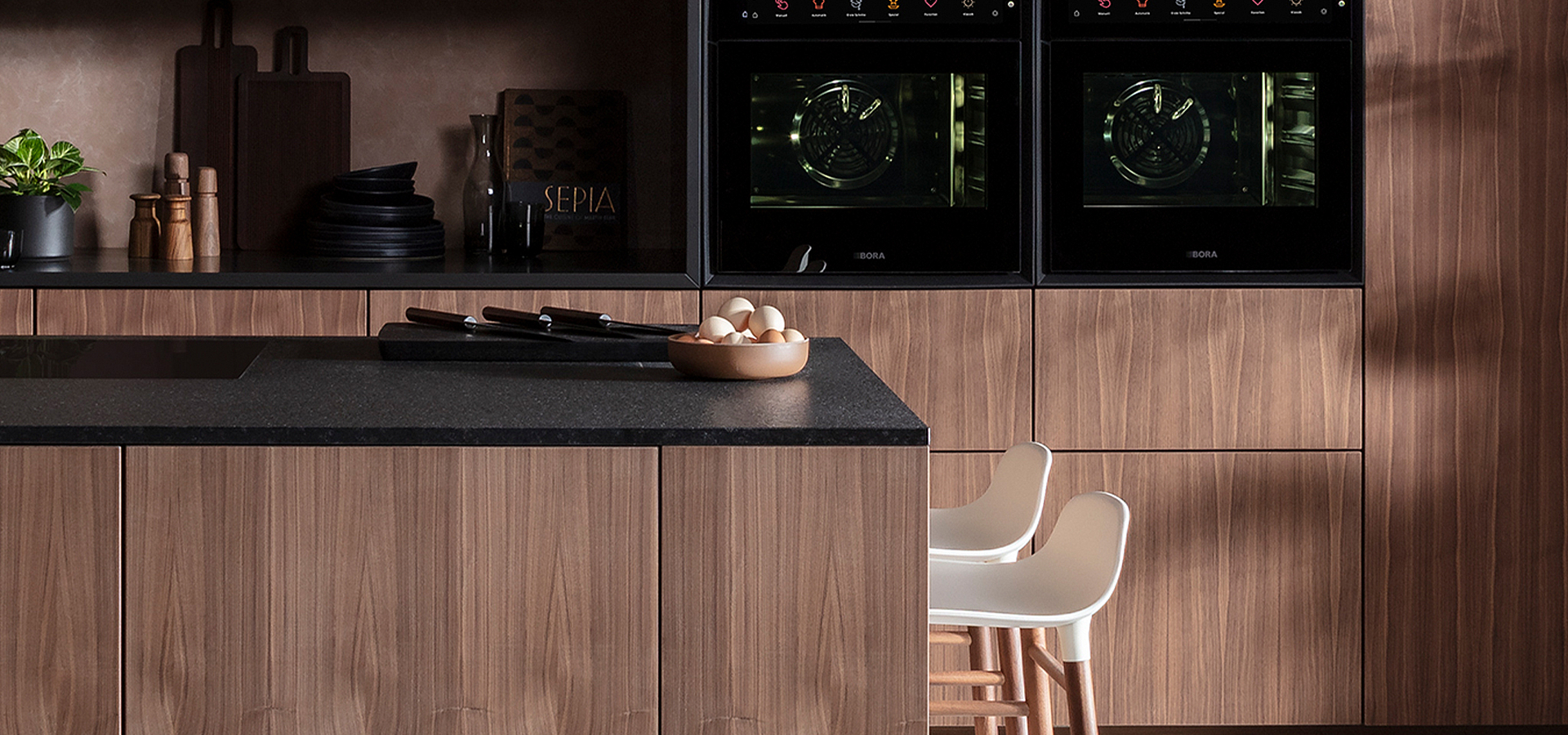Steam cooking is all the rage. With this cooking method, food can be prepared in a gentle, flavoursome and healthy way. But which kitchen appliance should you choose for steam cooking? Do you prefer a built-in steamer or a steam oven, i.e. a combination of oven and steamer? Comparing the two appliances based on their functions and their advantages and disadvantages will help you to make the right choice.
Comparison of advantages and disadvantages of steamers and steam ovens
Whether a steamer or a steam oven is the right appliance for someone depends on several factors. A person’s own cooking habits, the spatial conditions, but also personal preferences play a role in the decision-making process. We have contrasted the advantages of the two types of appliance with their disadvantages and compared them in terms of their functions.
Then explore our BORA X BO below

